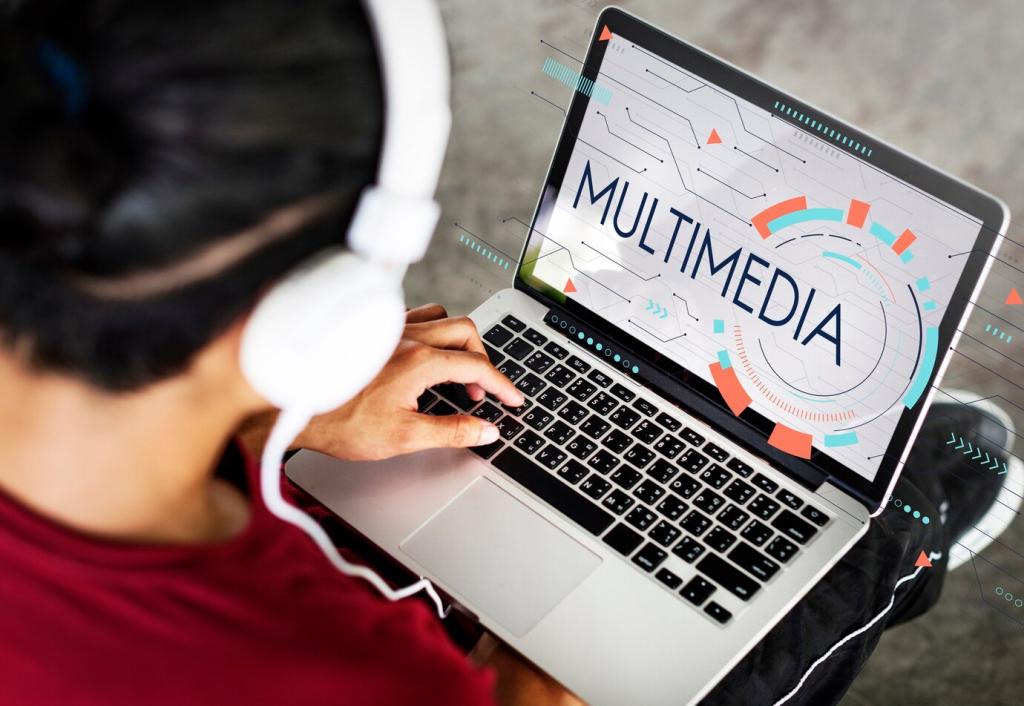SEO That Doesn’t Scuff the Finish
Collect terms from client emails, site searches, and comments—“built-in banquette,” “Japandi entry,” “vein-matched marble.” Cluster them by intent and weave into natural headings. Add your favorite discovery method below and subscribe for our monthly keyword sketchpad.
SEO That Doesn’t Scuff the Finish
Use descriptive H2s, image-forward H3s, and intro blurbs that preview value. Keep paragraphs trim, but not starved of texture. Internal links should read like invitations, not detours. Post a section you want to re-structure and we’ll suggest a scan-friendly rewrite.








